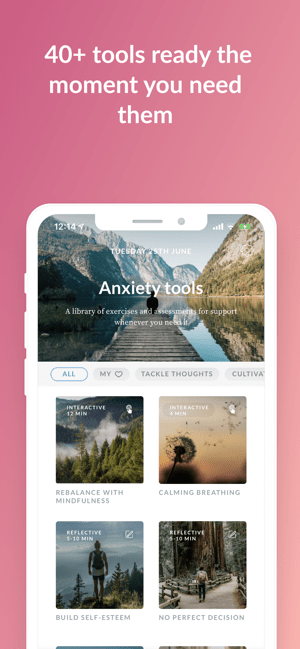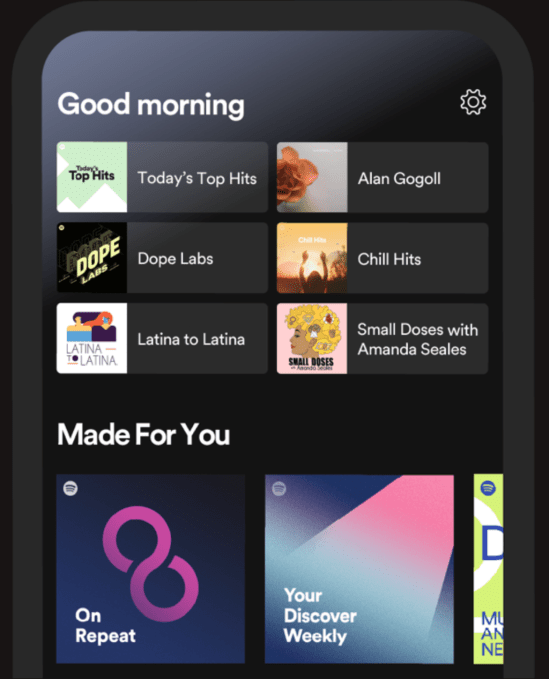BackboneAI, an early-stage startup that wants to help companies dealing with lots of data, particularly coming from a variety of external sources, announced a $4.7 million seed investment today.
The round was led by Fika Ventures with participation from Boldstart Ventures, Dynamo Ventures, GGV Capital, MetaProp, Spider VC and several other unnamed investors.
Company founder Rob Bailey says he has spent a lot of time in his career watching how data flows in organizations. There are still a myriad of challenges related to moving data between organizations, and that’s what his company is trying to solve. “BackboneAI is an AI platform specifically built for automating data flows within and between companies,” he said.
This could involve any number of scenarios from keeping large, complex data catalogues up-to-date to coordinating the intricate flow of construction materials between companies or content rights management across an entertainment industry.
Bailey says that he spent 18 months talking to companies before he built the product. “What we found is that every company we talked to was, in some way or another, concerned about an absolute flood of data from all these different applications and from all the companies that they’re working with externally,” he explained.
The BackboneAI platform aims to solve a number of problems related to this. For starters, it automates the acquisition of this data, usually from third parties like suppliers, customers, regulatory agencies and so forth. Then it handles ingestion of the data, and finally it takes care of a lot of actual processing from external sources, while mapping it to internal systems like the company ERP system.
As an example, he uses an industrial supply company that may deal with a million SKUs across a couple of dozen divisions. Trying to track that with manual or even legacy systems is difficult. “They take all this product data in [from external suppliers], and then process the information in their own [internal] product catalog, and then finally present that data about those products to hundreds of thousands of customers. It’s an incredibly large and challenging data problem as you’re processing millions and millions of SKUs and orders, and you have to keep that data current on a regular basis,” he explained.
The company is just getting started. It spent 2019 incubating inside of Boldstart Ventures . Today the company has close to 20 employees in New York City, and it has signed its first Fortune 500 customer. Bailey says they have 15 additional Fortune 500 companies in the pipeline. With the seed money, he hopes to build on this initial success.
Powered by WPeMatico




 “I realized that it doesn’t have to be limited to just mindfulness,” explains Begley, as to how he got started with Calmer You. “There’s so much good advice out there, but just passively digesting it — watching videos or reading books — which is what most of us do when we want to improve, simply doesn’t deliver the changes that they promise,” Begley says.
“I realized that it doesn’t have to be limited to just mindfulness,” explains Begley, as to how he got started with Calmer You. “There’s so much good advice out there, but just passively digesting it — watching videos or reading books — which is what most of us do when we want to improve, simply doesn’t deliver the changes that they promise,” Begley says. Now, the home screen reserves six spots underneath the daily greeting where you can continue with things like the podcast you stream every morning, your workout playlist or the album you’ve been listening to on heavy rotation this week. This content will update as your day progresses to better match your activities and interests, based on prior behavior.
Now, the home screen reserves six spots underneath the daily greeting where you can continue with things like the podcast you stream every morning, your workout playlist or the album you’ve been listening to on heavy rotation this week. This content will update as your day progresses to better match your activities and interests, based on prior behavior.